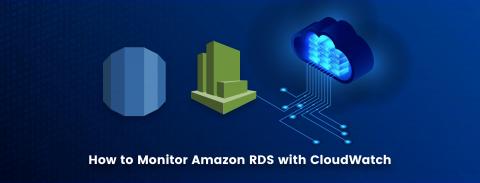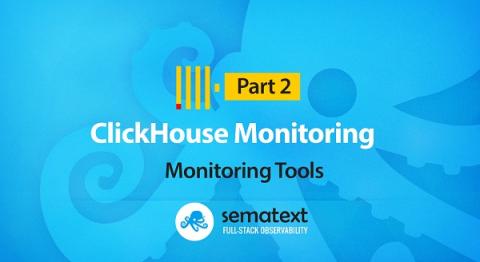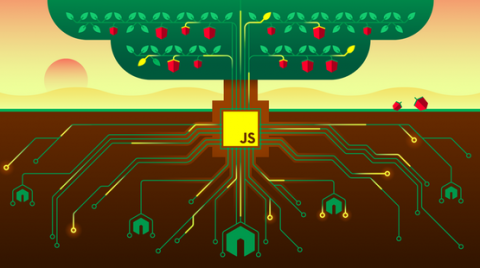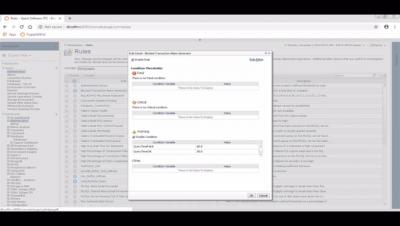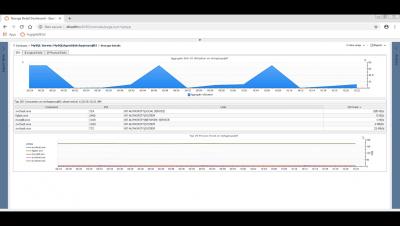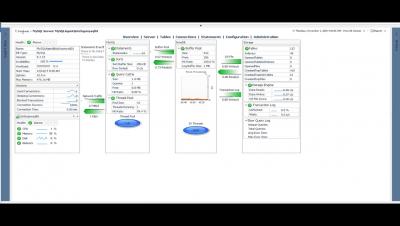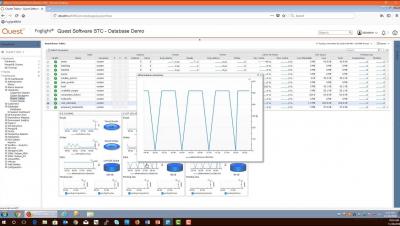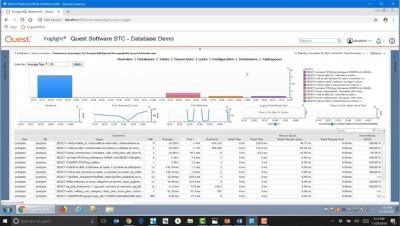How to Monitor Amazon RDS with CloudWatch
Amazon RDS allows you to store your application data in databases without having to actually manage the servers the databases are hosted on. It also allows you to easily set up read replicas and take snapshots of your database. However, since it’s a managed service, you have less visibility with traditional monitoring tools. As such, it becomes even more important to take advantage of the available monitoring tools in AWS.


